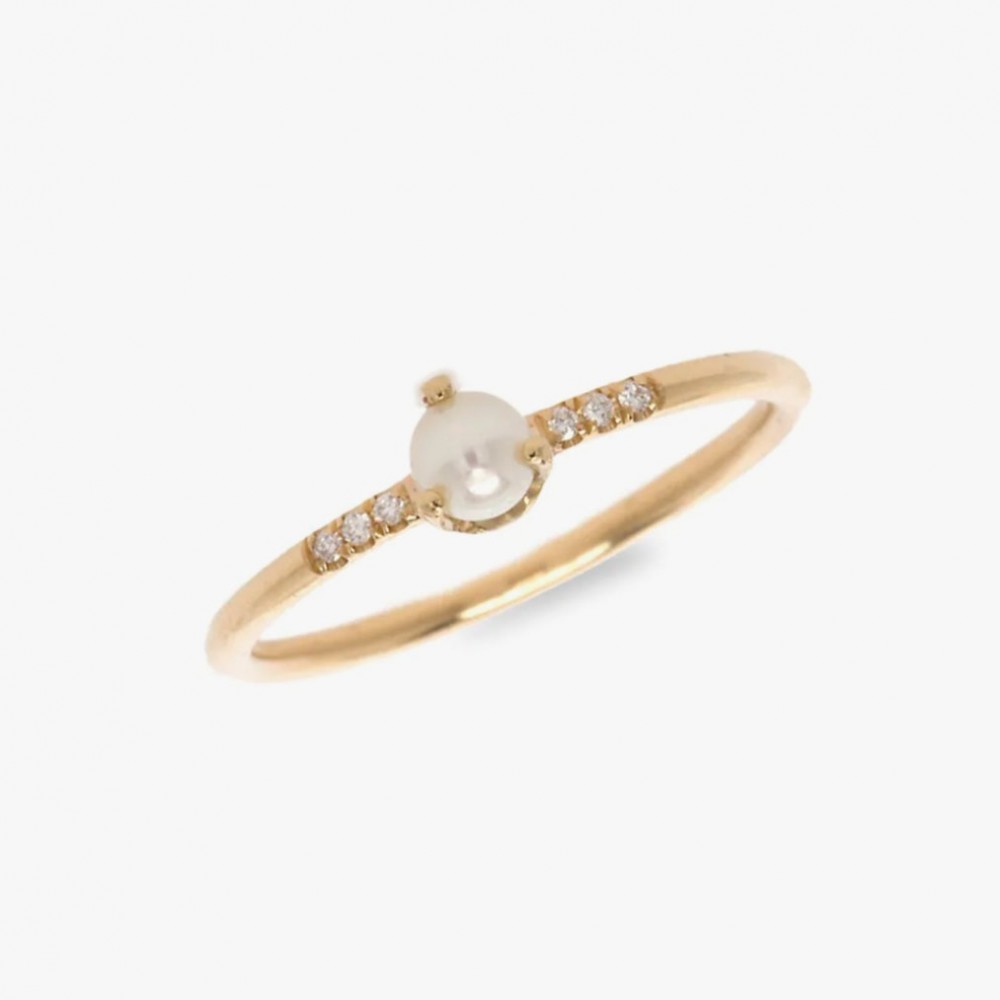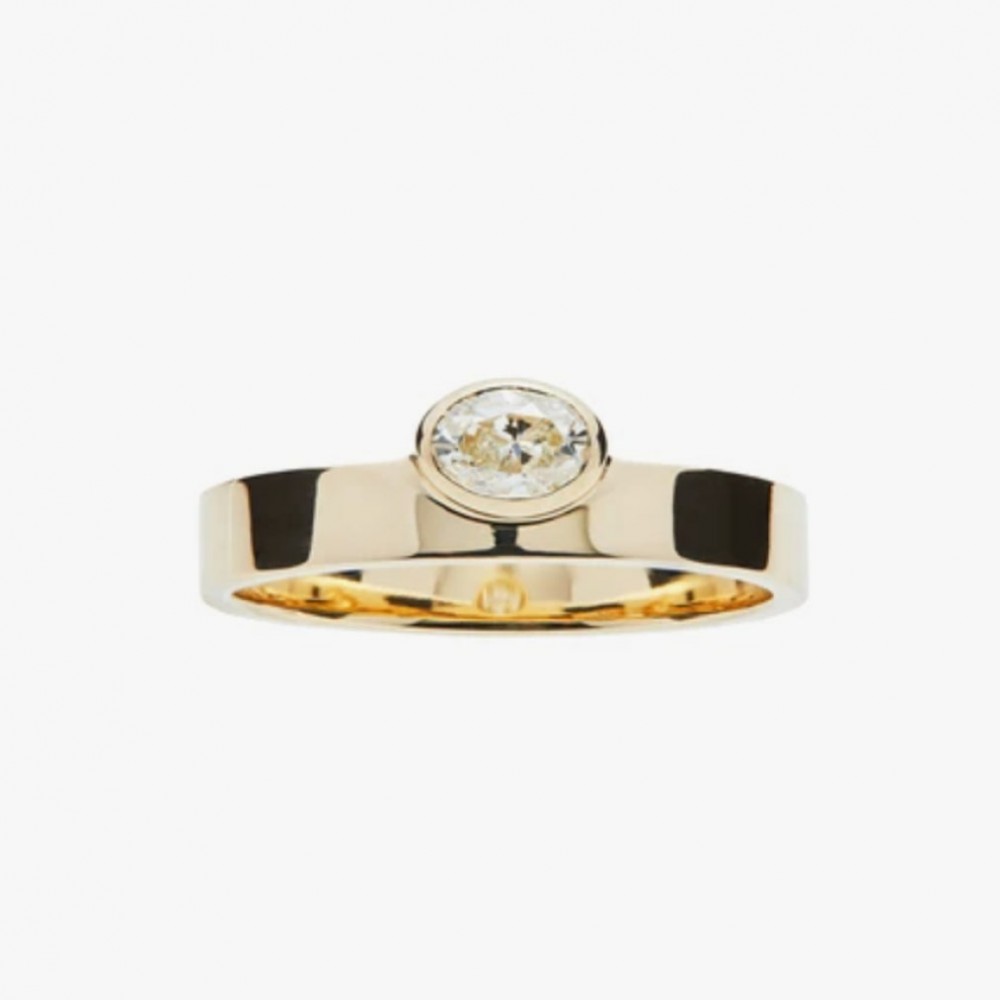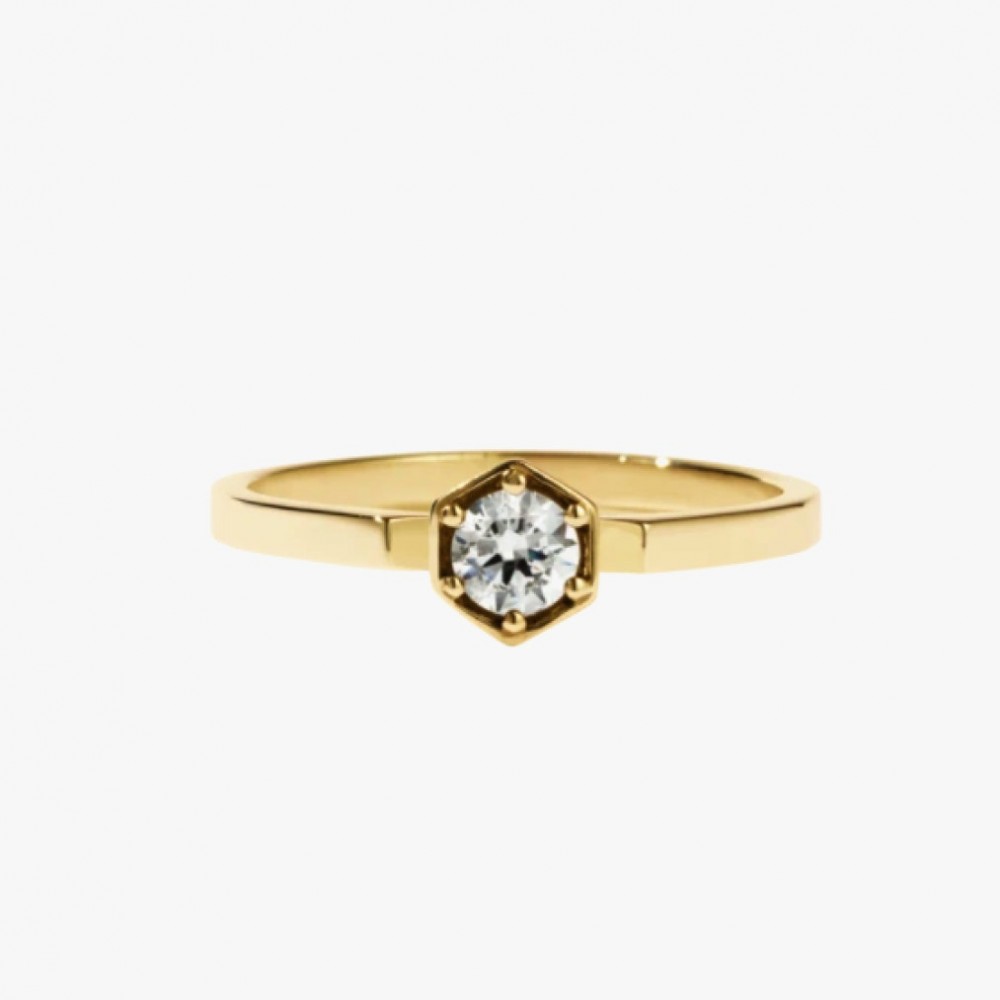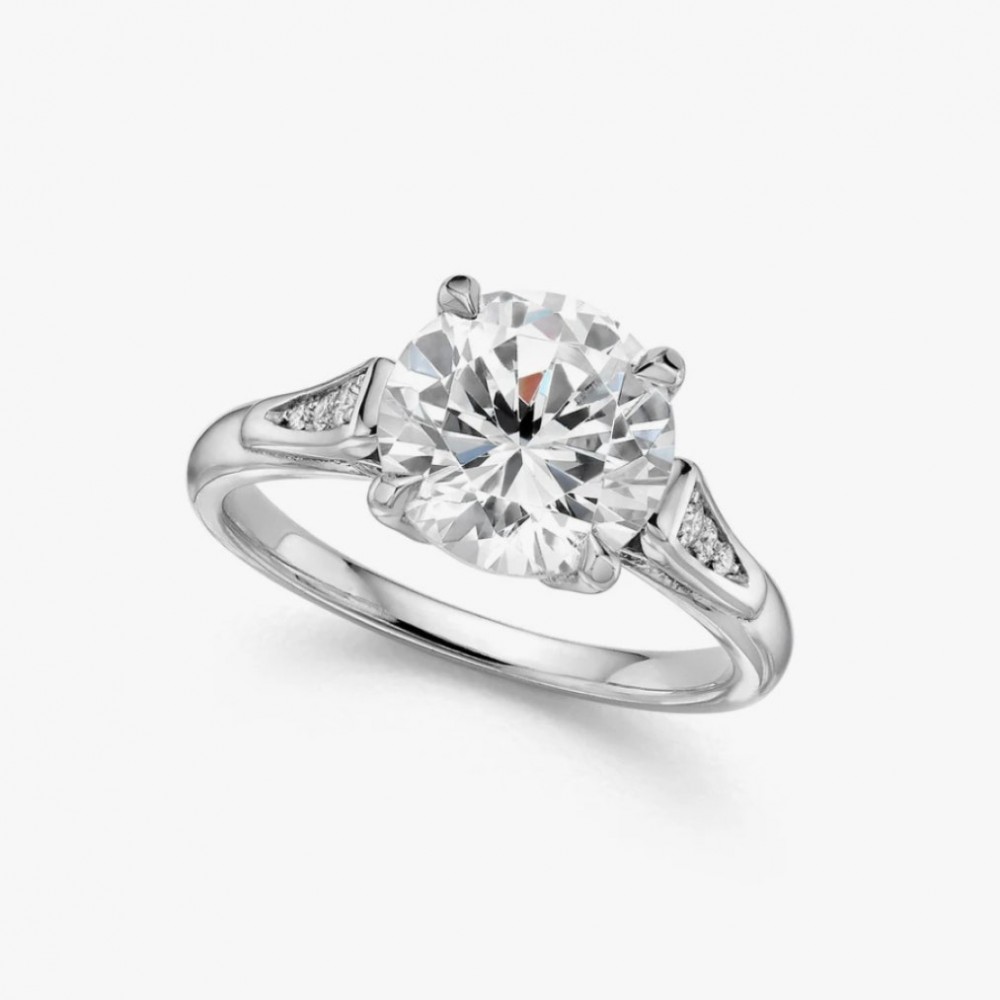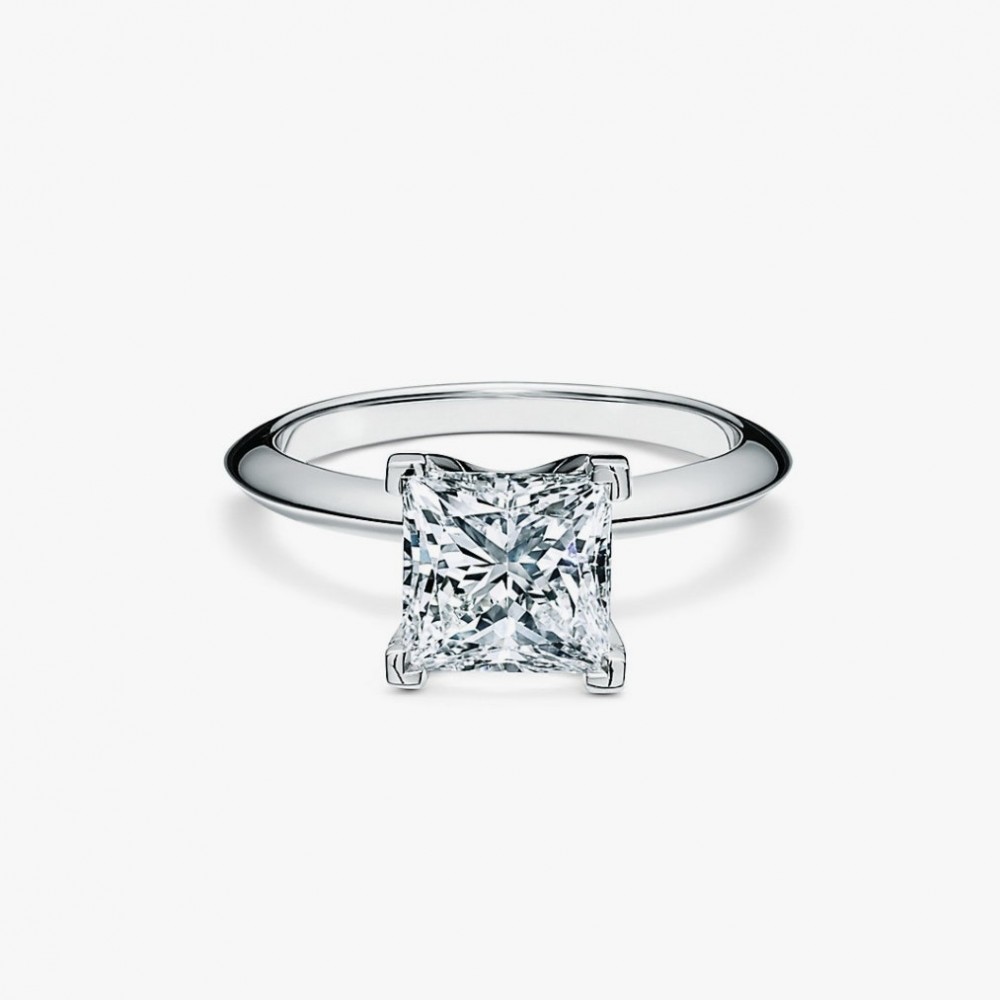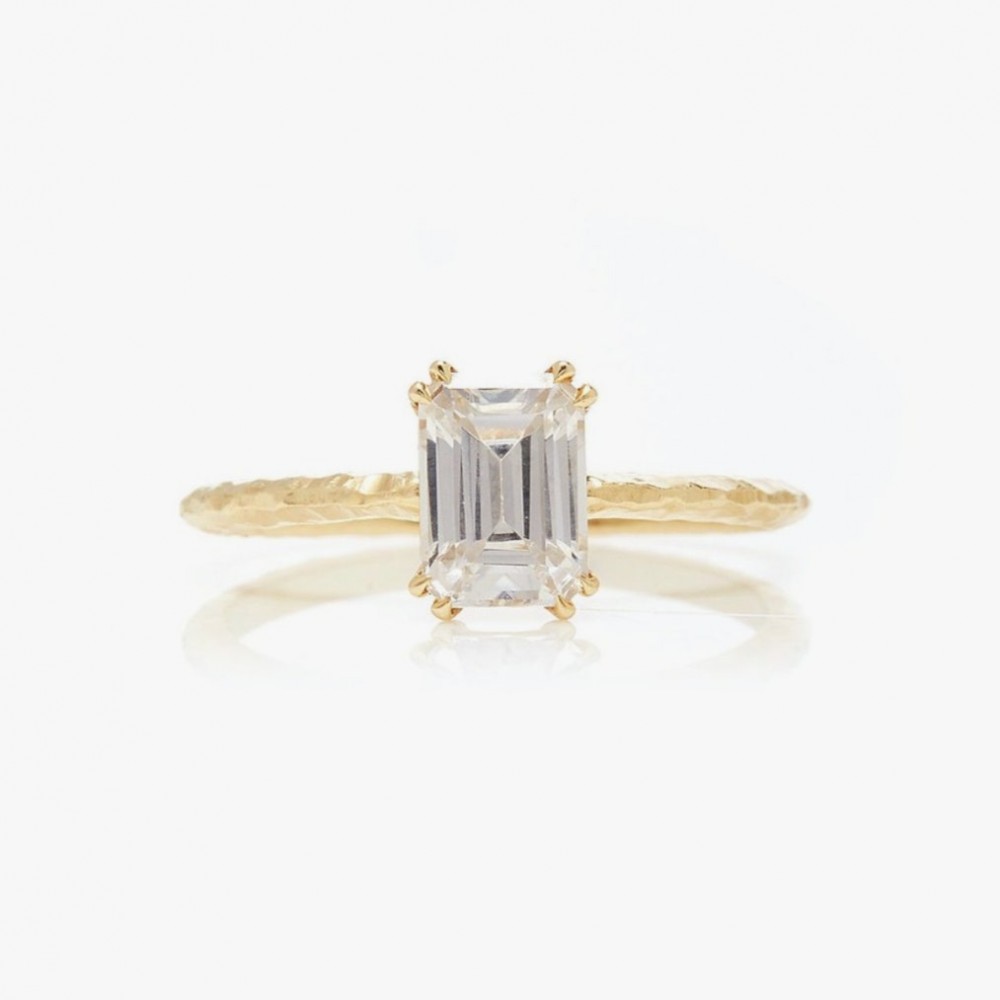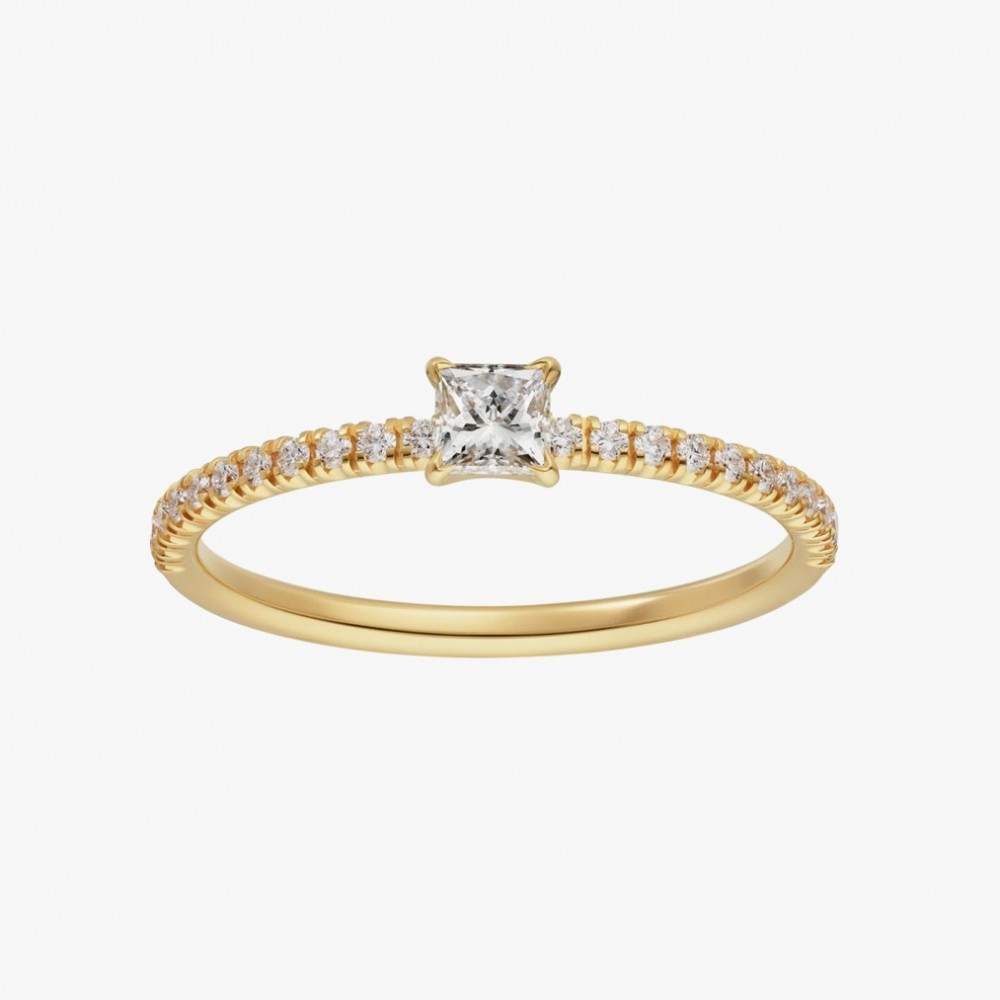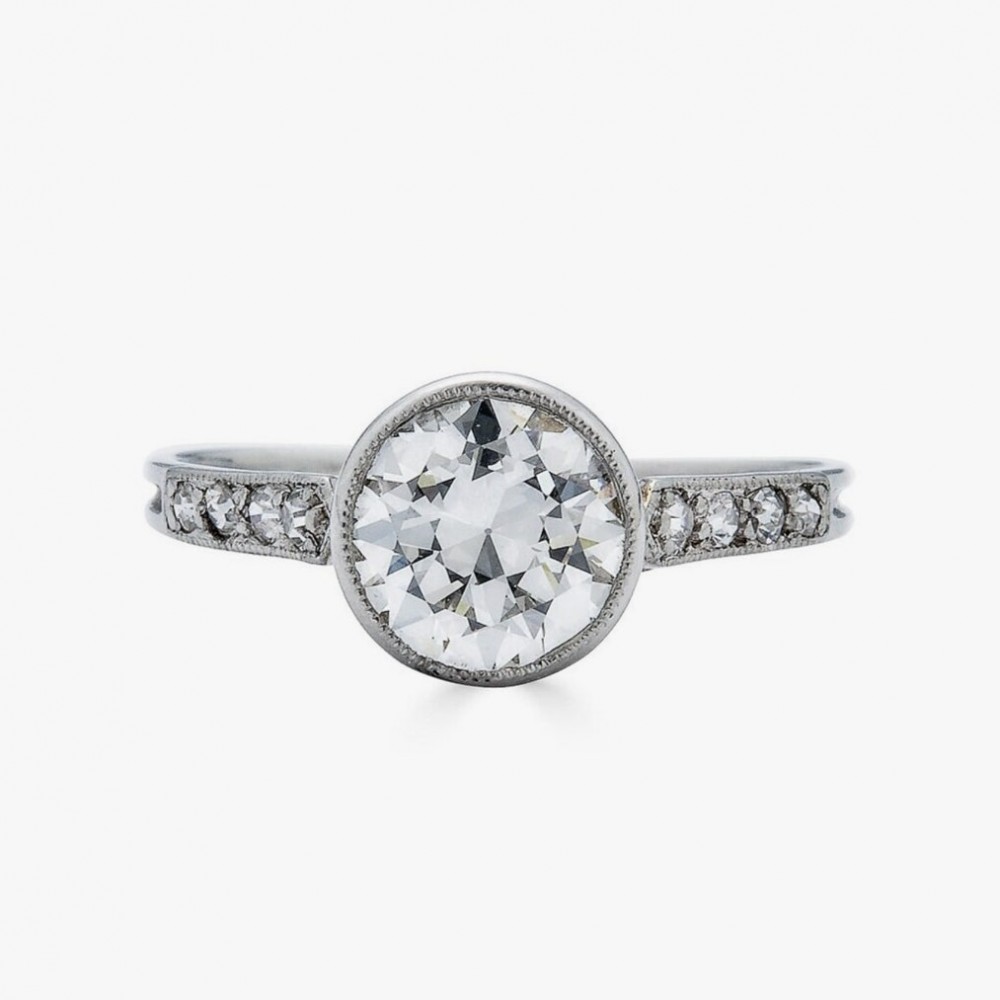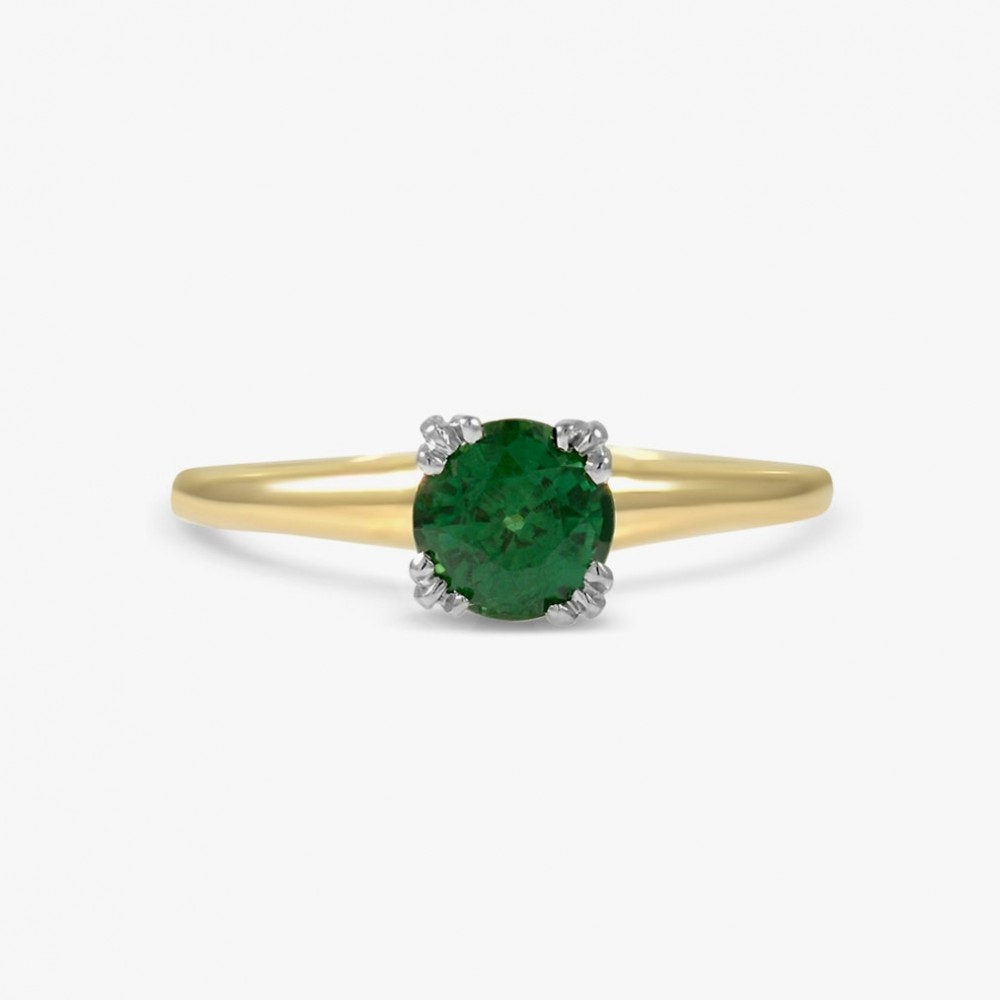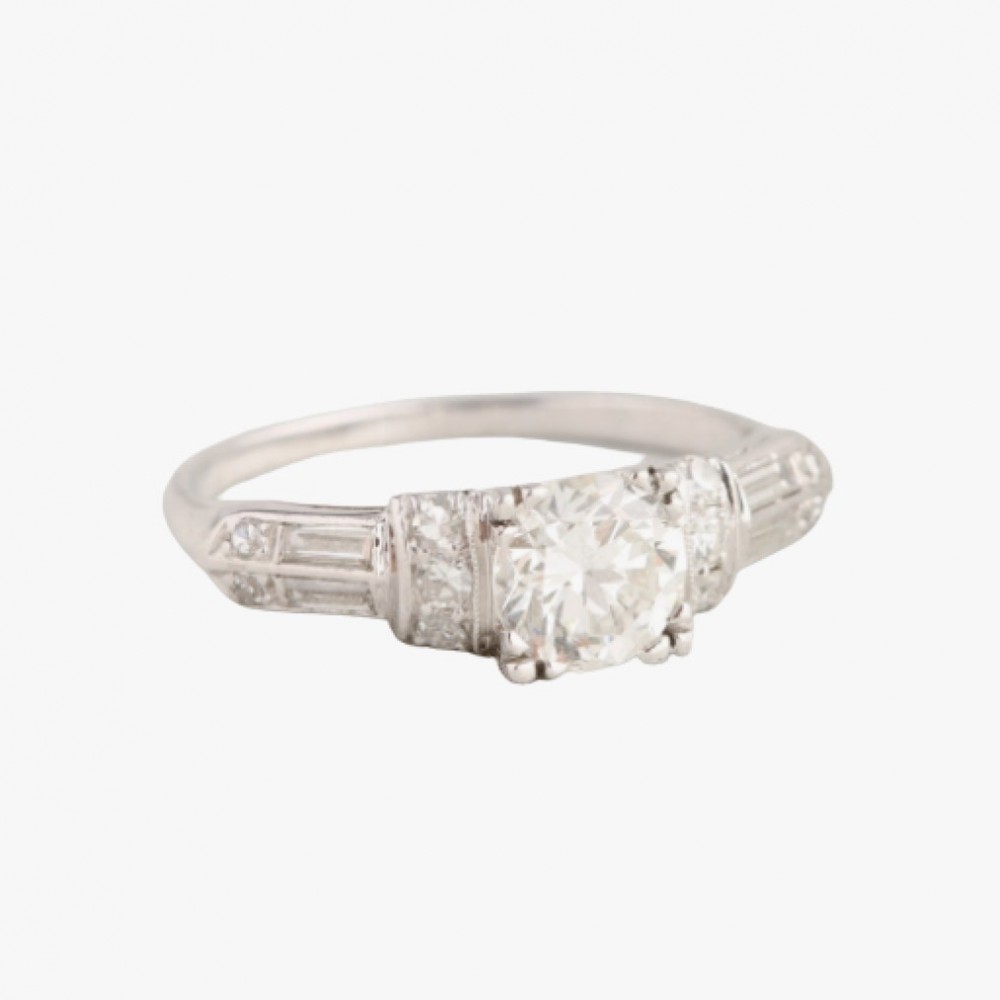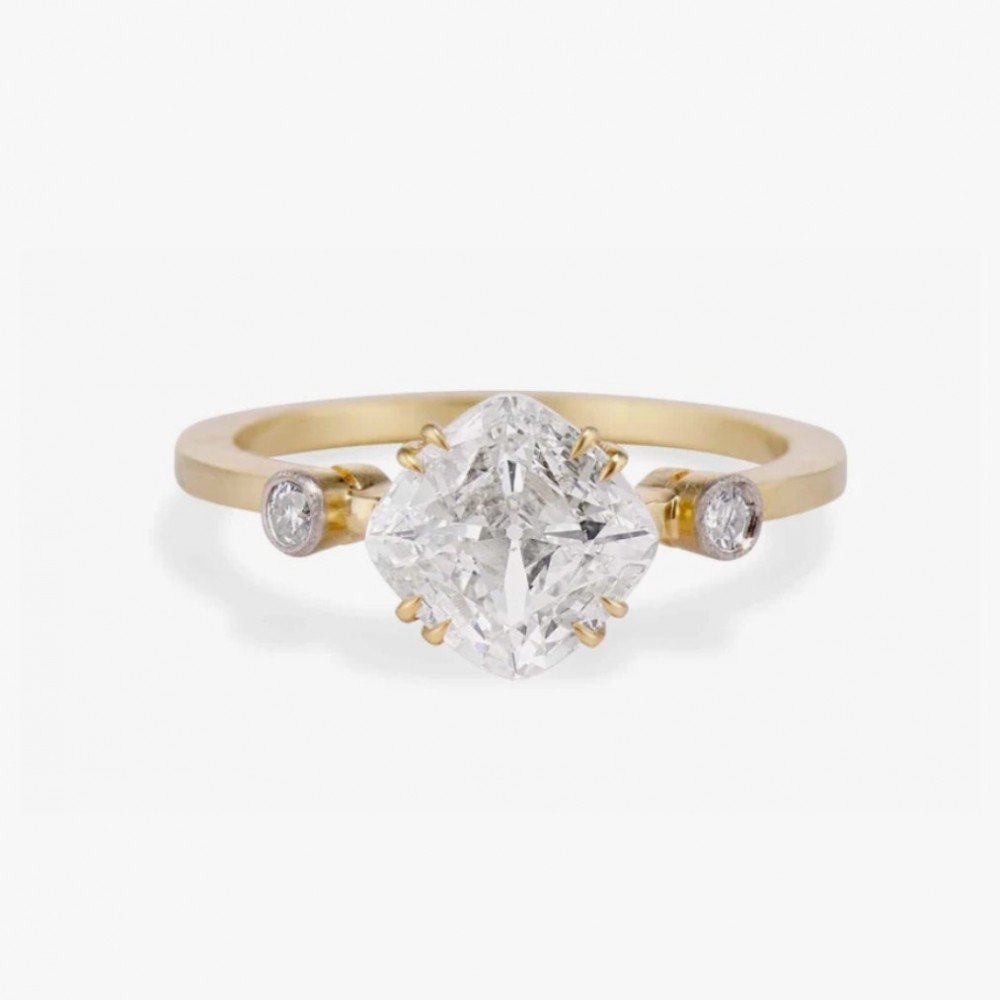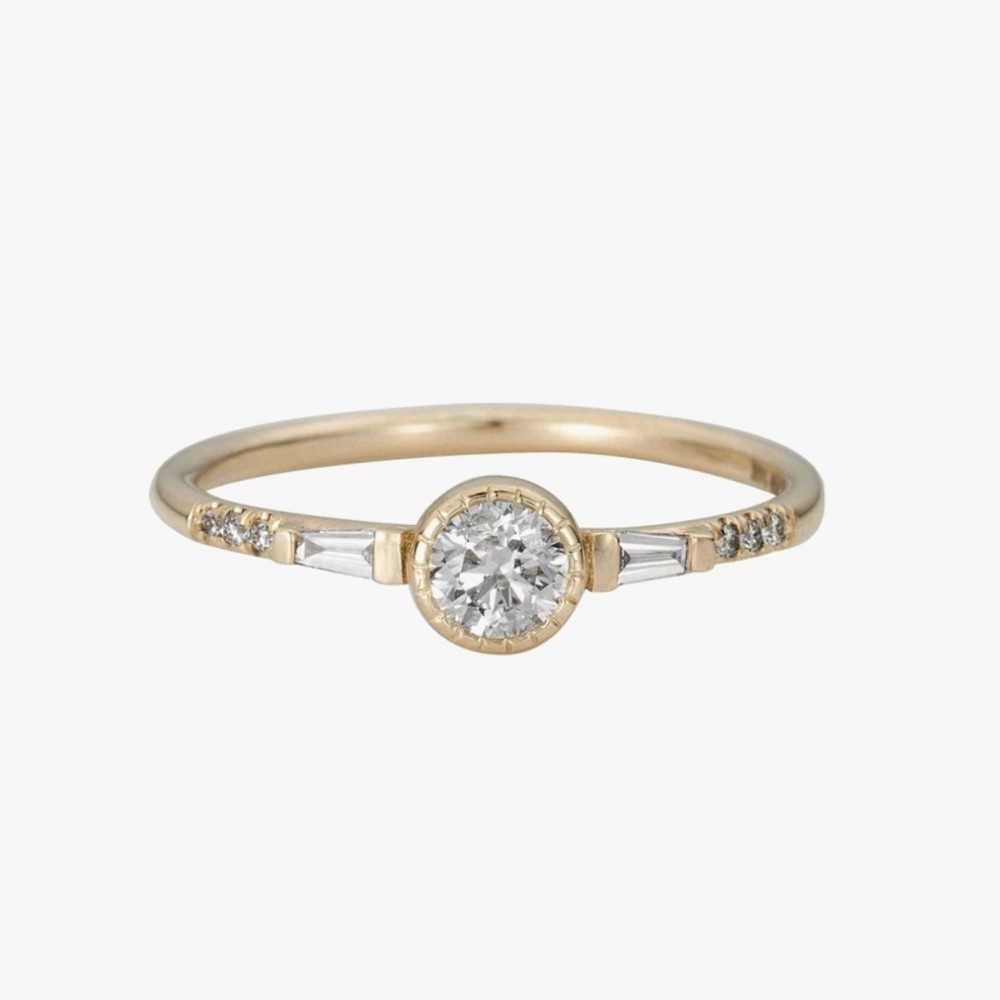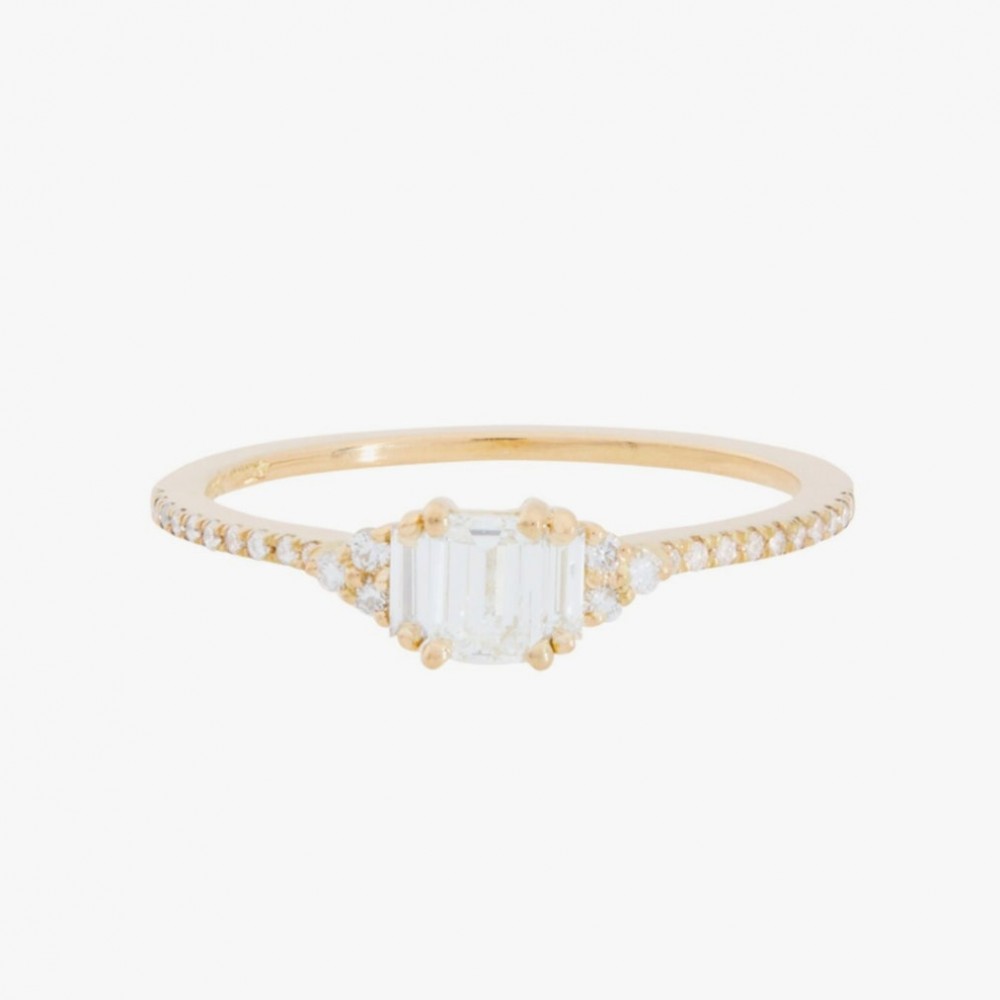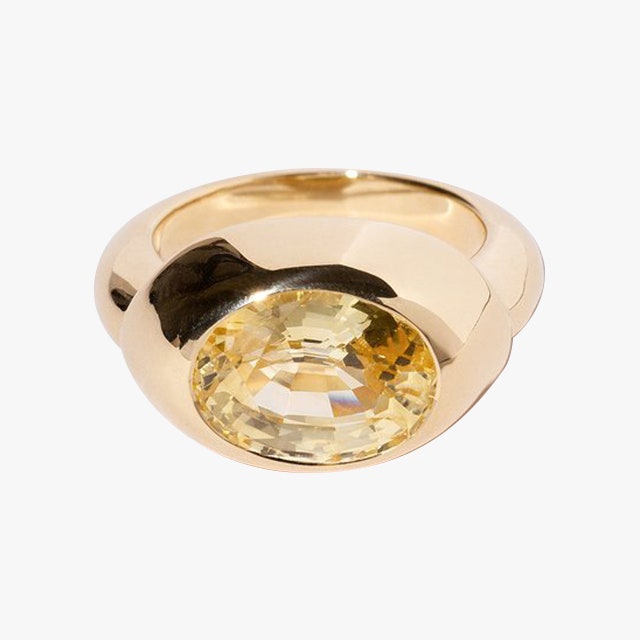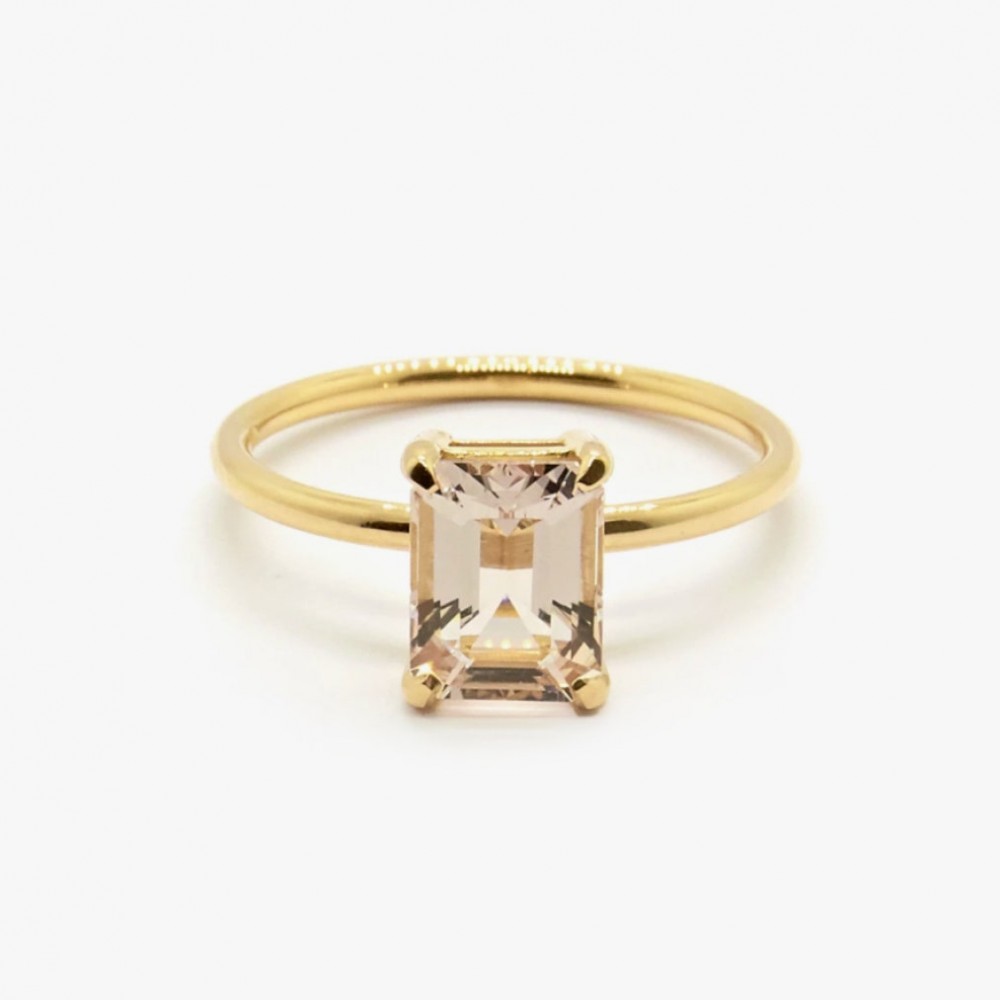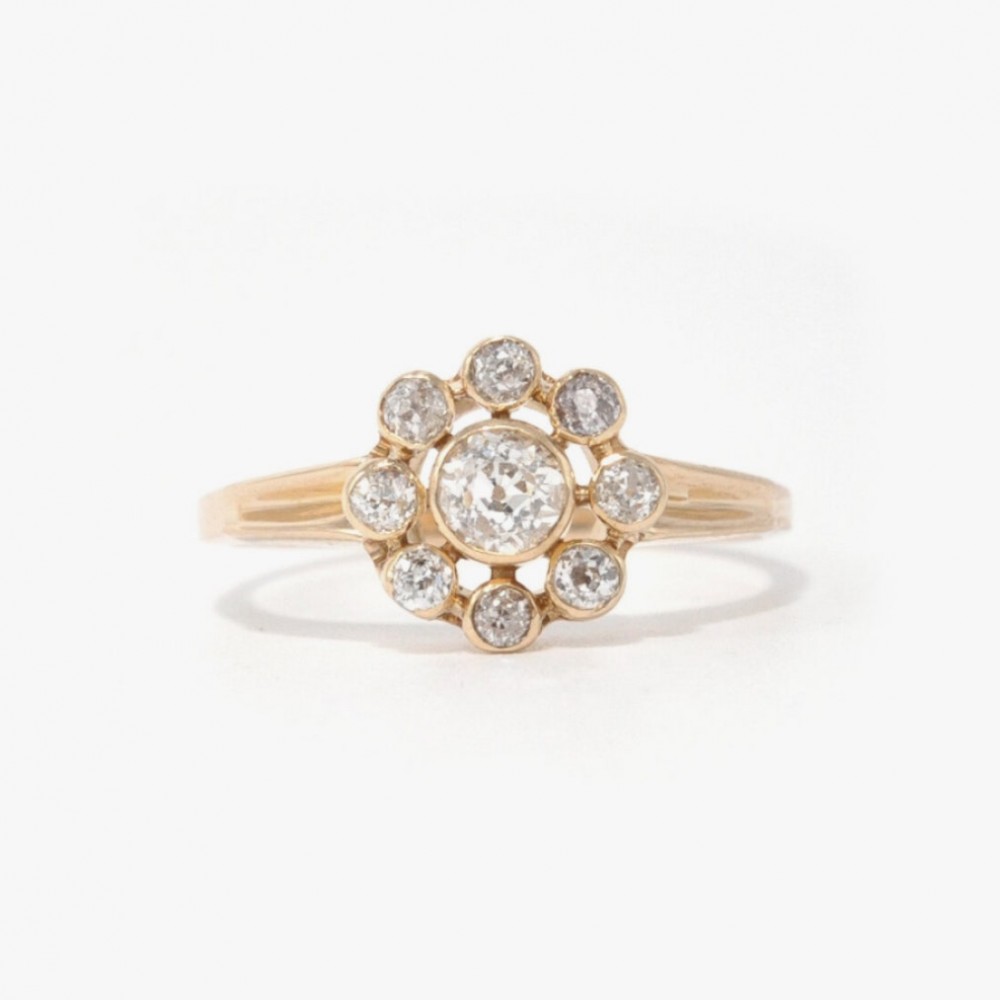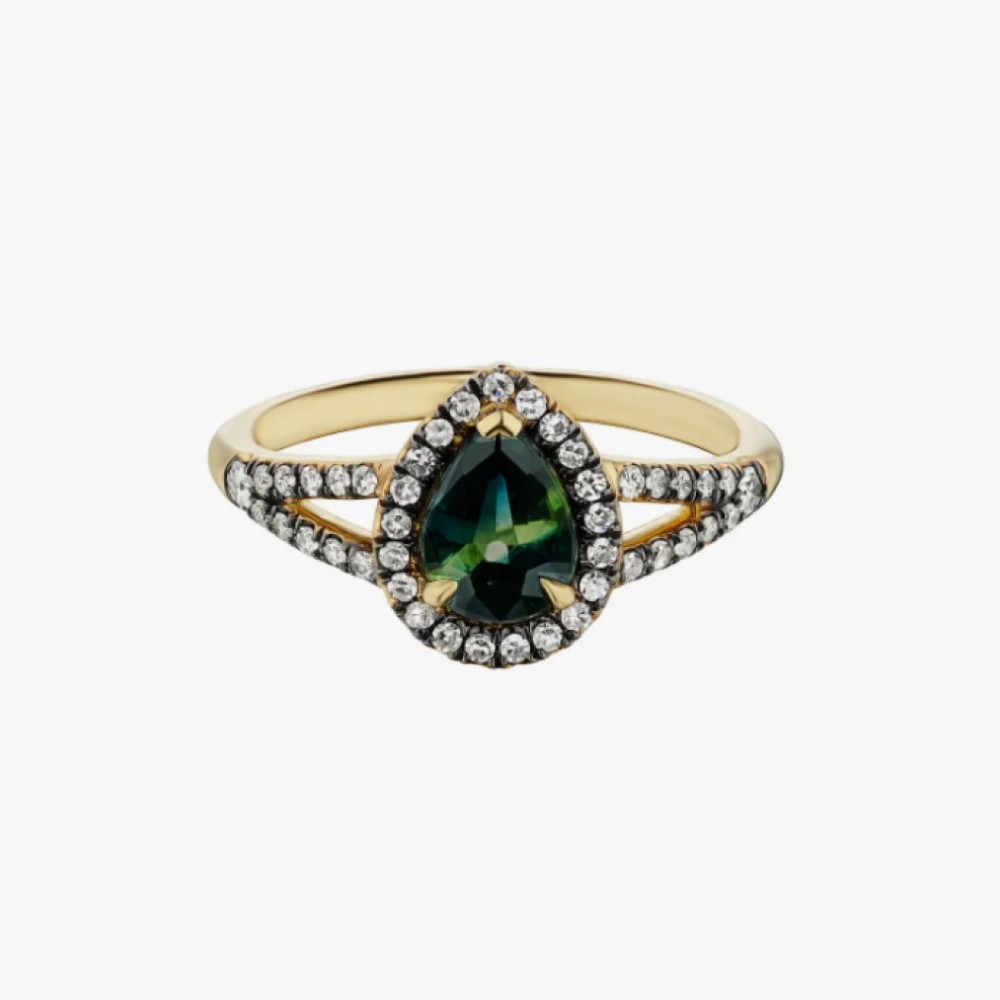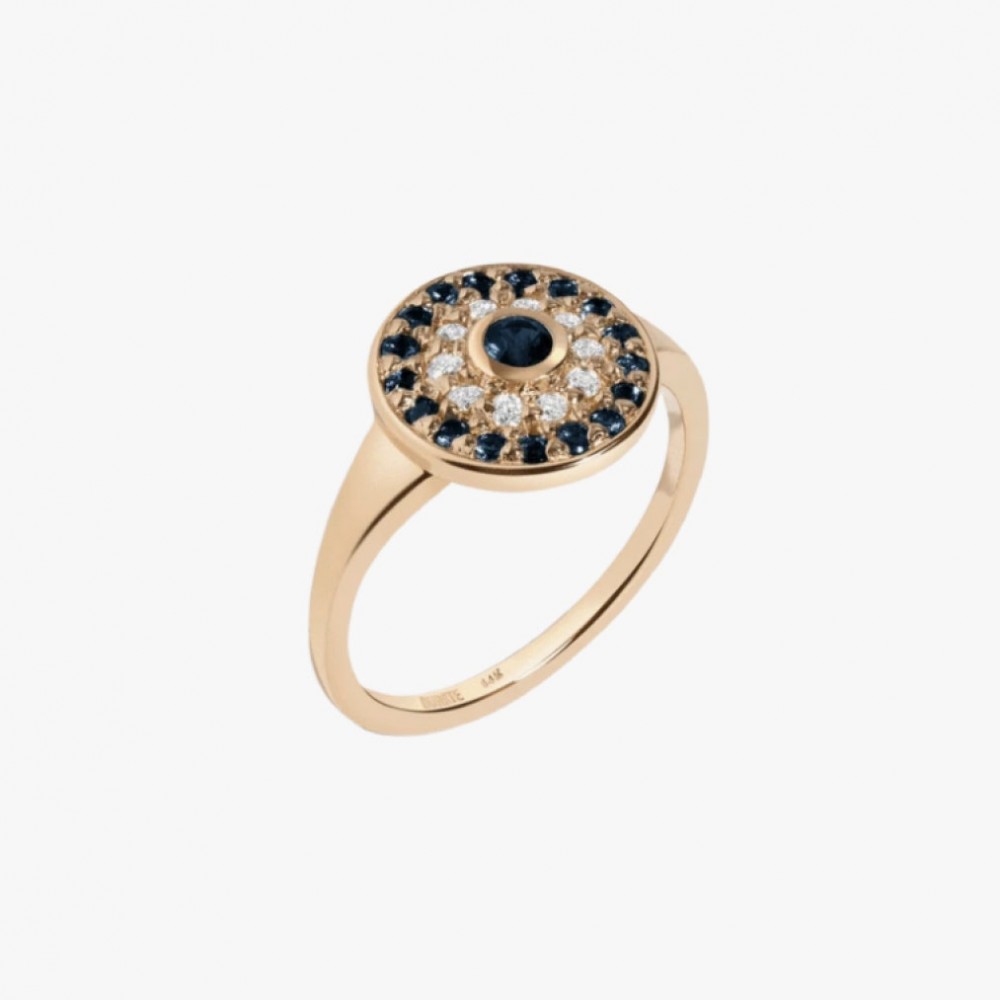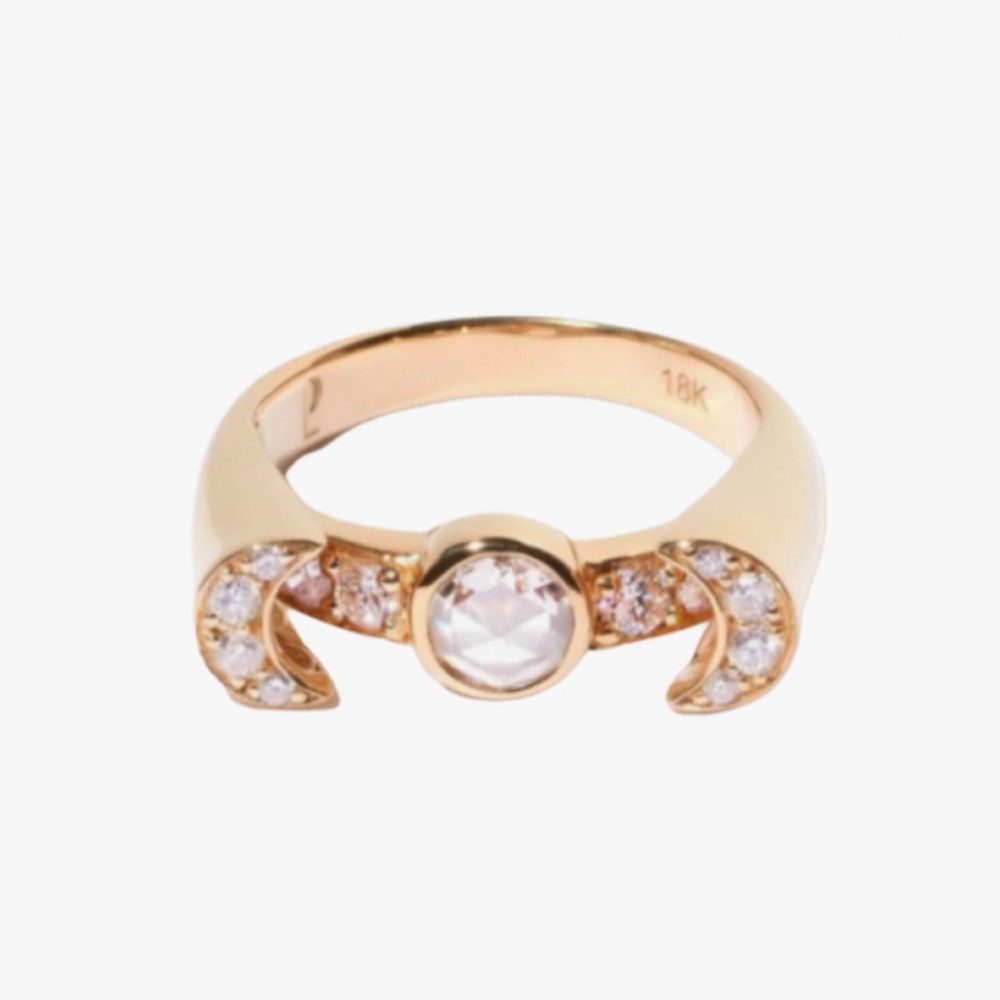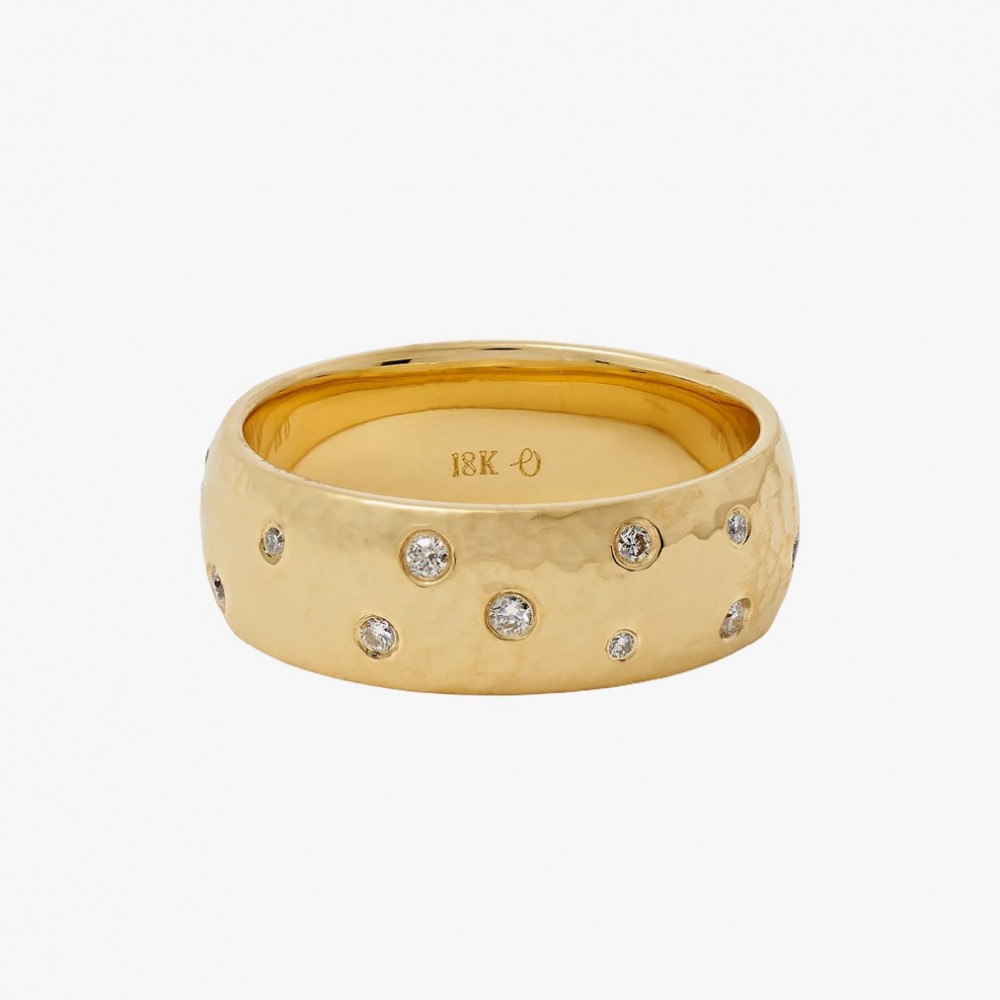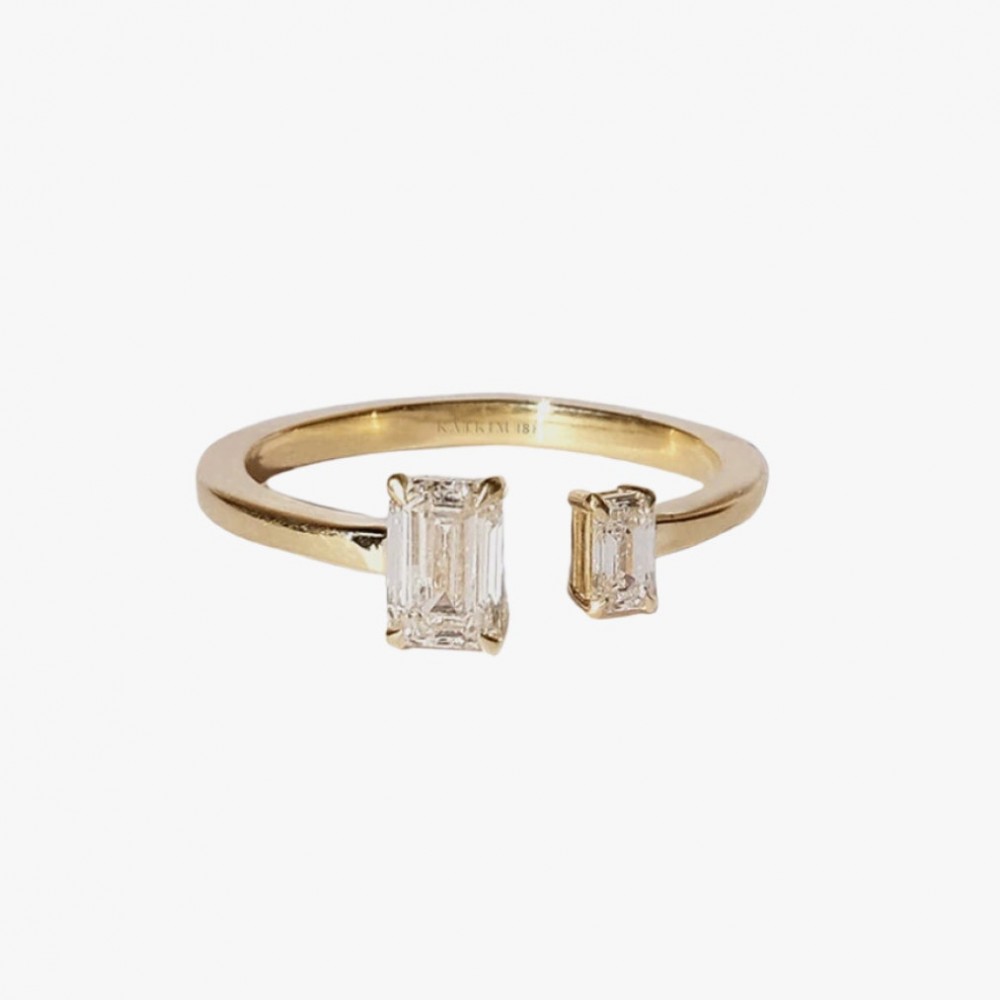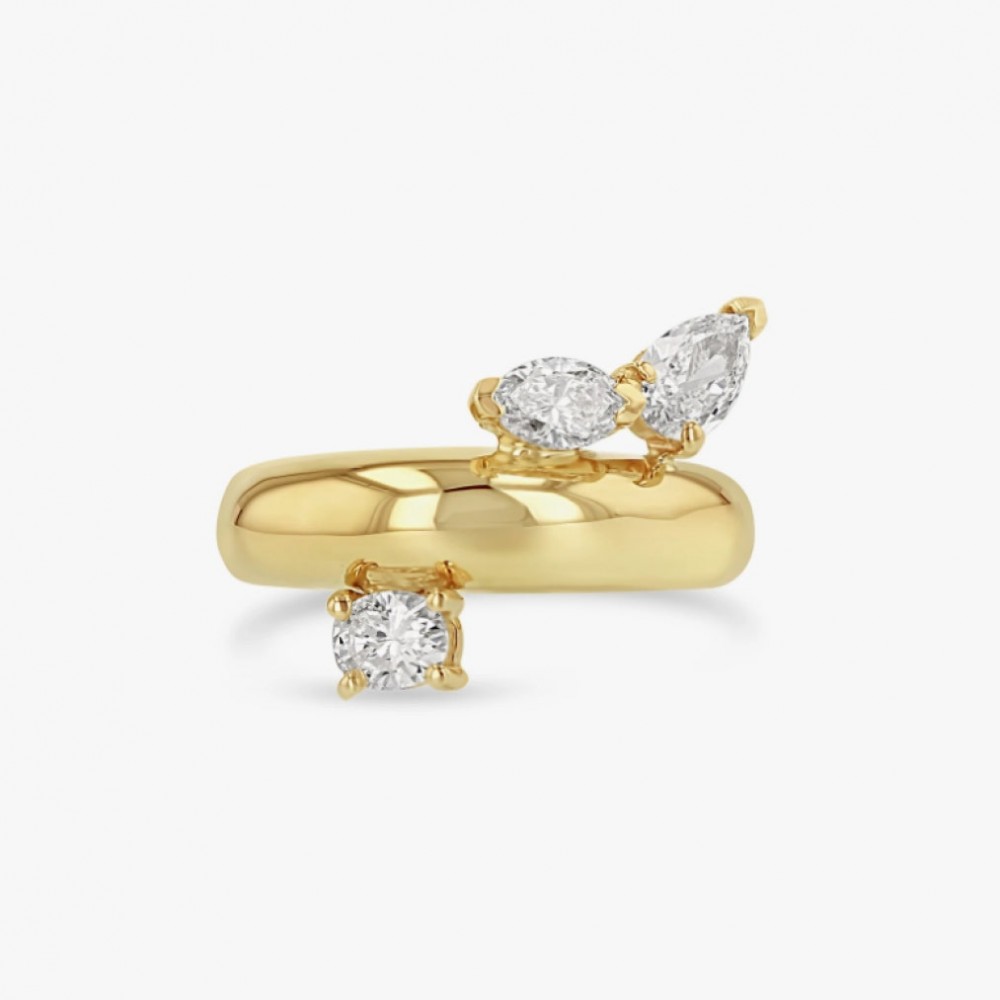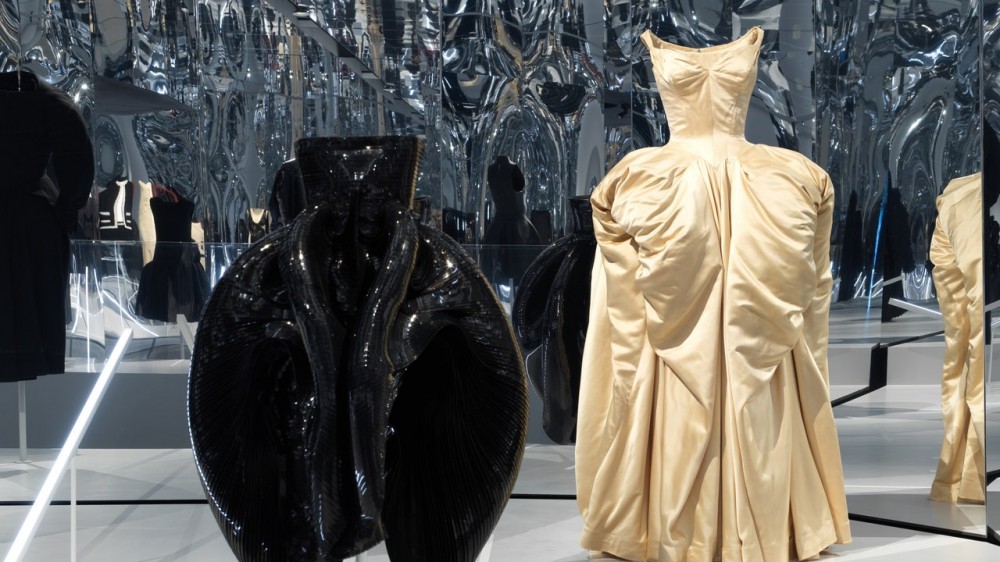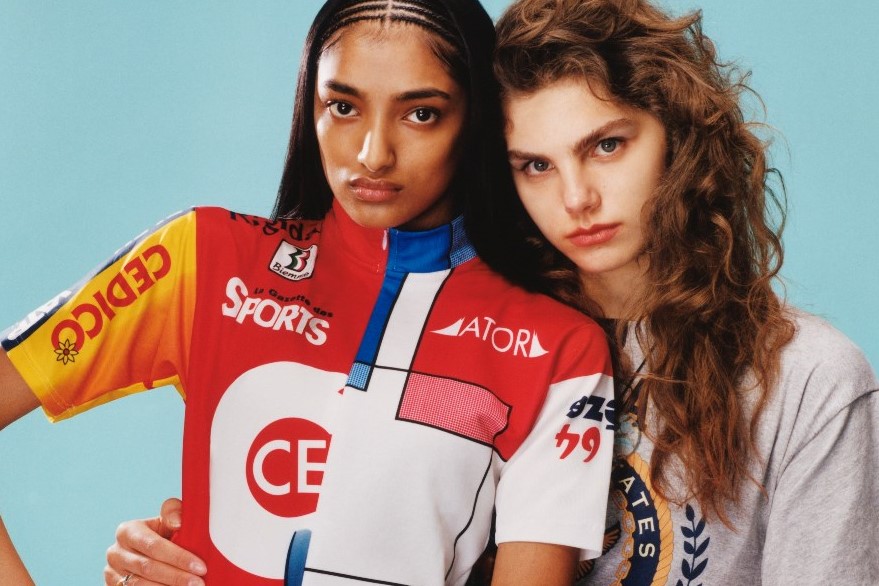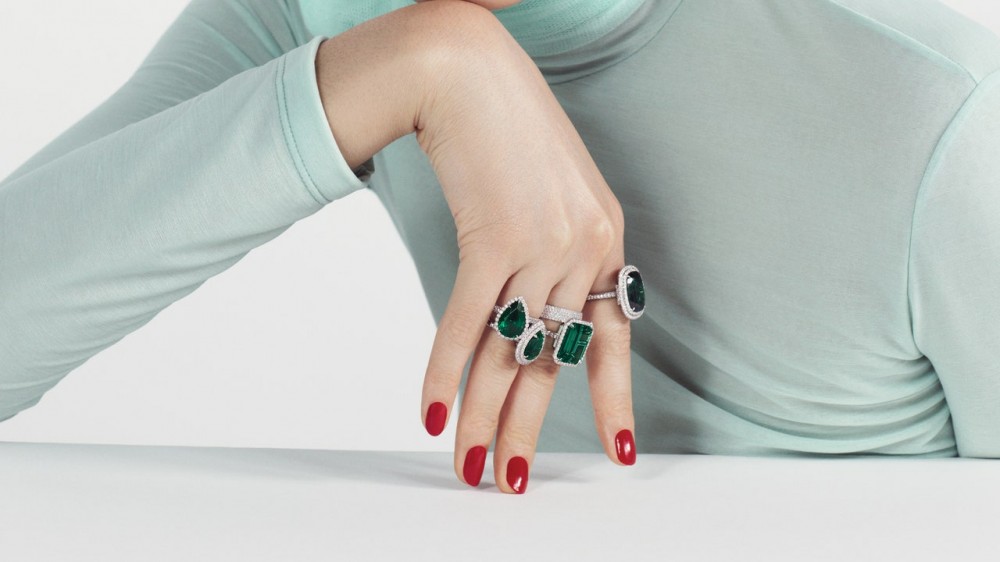
28 Best Sustainable & Ethical Engagement Rings to Love Forever
Selecting an engagement ring is no small task: you’re not only shopping for an accessory you’ll wear every day but one that functions as an embodiment of your personal style. Shopping for an ethical or sustainable engagement ring is even harder. There’s your budget to consider, along with decisions about the types of stones, styles, and metals you prefer—to say nothing of the anxiety that generally accompanies a life-altering decision.
Yet somehow, despite the thoughtfulness with which most people approach this momentous purchase, the process of selecting an ethically and sustainably made engagement ring can feel frustratingly opaque for consumers. It’s been well-documented that diamond harvesting has long been a source of geopolitical conflict, and that the mining of precious metals has taken a serious toll on the environment. Not only has the mining industry caused widespread deforestation, soil erosion, and displacement of local communities, but miners themselves are also frequently denied fair wages and adequate health and safety provisions. But more often than not, it falls on the consumer to do their research about a brand’s supply chain—information that many of us don’t always know how to ask for or interpret.
What to Ask
“‘Ethically sourced’ and ‘sustainable’ are such buzzwords today that many companies claim, but don’t necessarily have the credentials,” says Octavia Zamagias, who founded her label Octavia Elizabeth jewelry in 2016 and makes every piece by hand. “If something claims to be ‘ethically sourced’—I suggest the consumer asks what makes the company ‘ethical’ and if they have any third party or independent certificates.”
Most brands will list these certifications on their website, along with information about their supply chain and sourcing practices, but they aren’t always easy to decipher. If a jeweler cites the Kimberley Process Certification Scheme (KCPS) as evidence that their diamonds are conflict-free, you should keep in mind that the system isn’t foolproof: diamonds produced in conflict zones can be smuggled into KCPS certified areas and, due to the narrow terms of its focus, the process also overlooks issues around worker exploitation like the use of child labor and fair pay.
“The suppliers we work with are United Nations fair trade approved and they are usually members of the Responsible Jewelry Council,” says Zamagias. The Responsible Jewelry Council, or the RJC, is a non-profit certification organization founded in 2005 and covers the entire jewelry and watch supply chain—addressing human rights, labor rights, environmental impact, mining practices, product disclosure, and more. But even this, critics say, is not moving the industry forward quickly enough.
Ultimately, the best way to find out whether your ring is ethically and sustainably created is to reach out directly to the jeweler with detailed questions. Ask about the sourcing of the stone and the suppliers they work with, whether the piece has been created using conflict-free and sustainably mined materials, and if the metals are fair trade certified or recycled. Brands that go out of their way to ensure their products are ethically and sustainably produced will happily share additional information.
Look for Recycled Precious Metals
A growing number of jewelers are making the shift to recycled precious metals to satisfy younger, increasingly conscious consumers. Gold is one of the rare materials that can be repeatedly recycled without degradation, meaning there’s absolutely no reason you shouldn’t consider purchasing a ring made of recycled gold.
“Our recycled gold is refined back into its pure element and is the same purity as newly mined gold,” says Zamagias, in turn reducing the need for newly mined gold and its associated impact on the environment and surrounding communities. You can also repurpose gold you already own, either from another piece of jewelry or a family heirloom, to avoid using new metals.
Buy Vintage
Remember: you can always go vintage! By purchasing a vintage piece, you’re eliminating the need for more mining and lessening the demand for new diamonds—not to mention there are thousands of gorgeous vintage finds to choose from, each of which has its own unique backstory.
Below, we’ve rounded up a list of vintage, sustainable engagement rings, and ethical engagement rings—stunning pieces from brands that are working to create a cleaner, safer, and more sustainable industry.
Understated Elegance
If you’re not one to overdo it with accessories and a solitaire ring isn’t your thing, these understated pieces pack a punch while keeping a low profile.
Classic Solitaire
If you’re looking for something a little more traditional, you can’t go wrong with a classic (or updated) solitaire.
Vintage
Buying vintage is a fantastic way to reduce your impact on the environment, and there are tons of incredible options to choose from, like this jaw-dropping Art Deco number from Gray and Davis.
Art Deco-Inspired
Speaking of Art Deco, consider channeling Daisy Buchanan with a sleek geometric piece that harkens back to the glamour of the roaring ’20s.
Gemstone
If diamonds aren’t your thing (and they very well might not be!), there are countless other gemstones to choose from, all of which will look fantastic on your finger. When you’re dealing with other gems, you can often get more stone for your money, so don’t be afraid to go big.
More-Is-More Maximalism
While there’s nothing wrong with wanting a ring that cuts a more traditional profile, it’s helpful to remember that there’s absolutely nothing stopping you from branching out. Stars? Flowers? Why not?
Something Unexpected
You’ll be the one wearing this ring day in and day out, so don’t let preconceived notions about what an “engagement” ring looks like prevent you from exploring other options. The most important thing is that you find a piece you love—whether it’s a classic solitaire, a stunning vintage find, or something totally unexpected.


